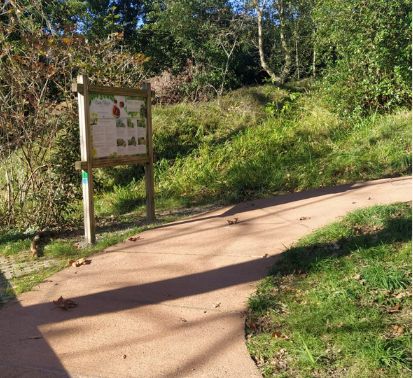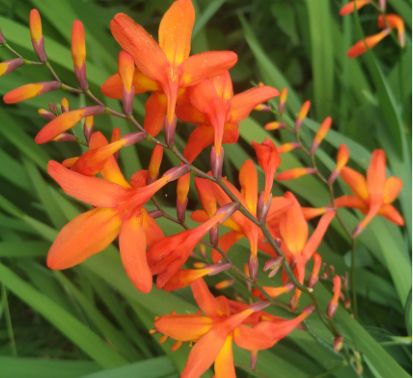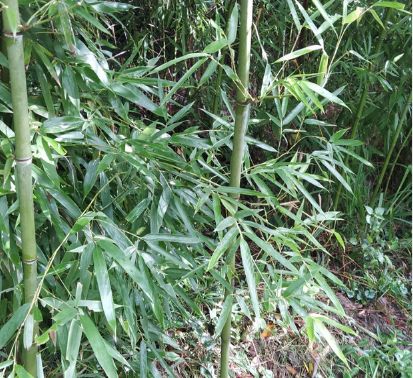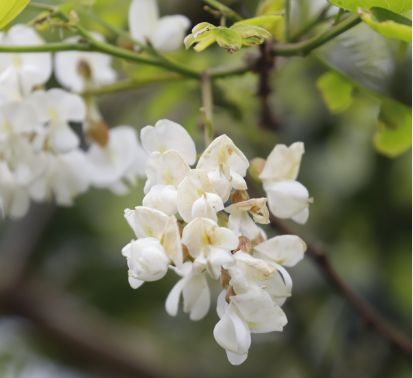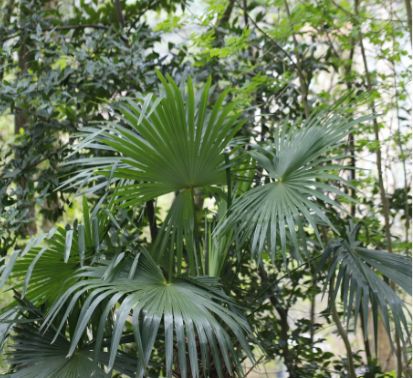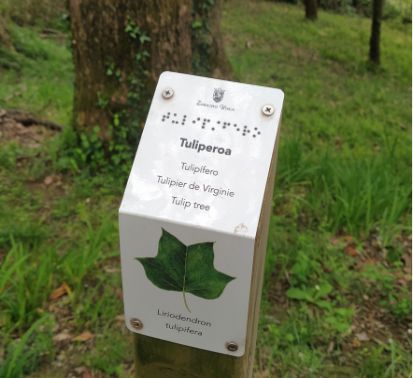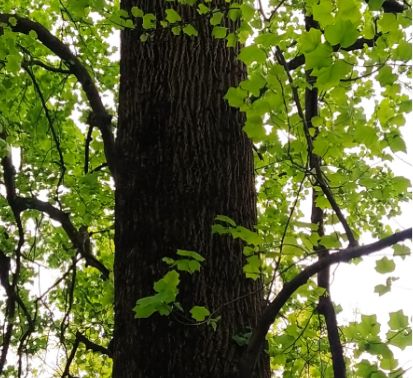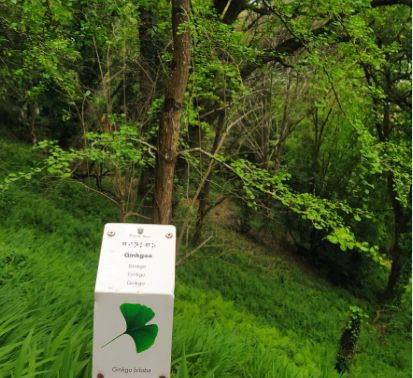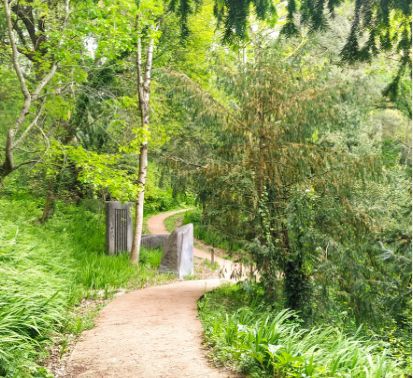At the main entrance to the park we have already mentioned that some exotic trees such as the tulip or the liquidamber have become the historical heritage of the garden. But on this occasion we will refer to other plants that we will find in the park, and that besides exotic are invading. In other words, they have succeeded in replacing indigenous species and threatening biological diversity. The replacement of indigenous vegetation by invasive species leads to a simplification of habitats and biodiversity, the effects of which will be easily appreciated by rapid growth, effective reproduction mechanisms and by having very efficient seeds that can take years without germination.
On this tour we will find the crocosmia, originating from South Africa, which, along with the cane, is the most widespread invasive exotic plant in Zarautz. The orange color and the beautiful shape of its flowers have made this plant an attractive for gardening. Unfortunately, thanks to its ease of reproduction, it has made the leap to natural environments causing a great catastrophe. Therefore, we must take special care of the plantations we make in our gardens or pots to avoid the generation of new invasive foci.
Another good example is bamboo, a grammy known for its scientific name Phyllostachys aurea. From China, it has been used in gardening as a decorative element. Its easy spread by rhizomes has led to uncontrolled expansion. Create high-density areas to drown any other indigenous plant.
At the entrance to the park we will find Japanese bamboo (Fallopia japonica) that has nothing to do with the bamboos. It is one of the most damaging invasive alien species. The system invading through roots drowns other herbaceous plants. Its growth can damage soil cement. Being a water-bound species, it is easy to observe it on the banks of the rivers.
Finally, we will mention two other species that have been among us for a long time: the false acacia from the American East (Robinia pseudoacacia) and the Chinese palm (Trachycarpus fortunes).
The false acacia is a legume spread throughout the world, widely used as an ornament for its aromatic white flowers. A spectacle very difficult to remove once it has been reproduced in one place.
The Chinese palm tree has long been planted as an ornamental species in the gardens of the old chalets, of which all these specimens that we see today in Vista Alegre were propagated.
Following this downhill road we will reach the beginning of the journey. We hope you enjoyed the tour. Encourage you to discover other routes we have in Zarautz. Don't regret it!
